

We probably heard the word autopsy when someone passes away or come across the word when watching popular crime related television shows. Autopsy is a way of determining the cause of death when someone expires. Such is important not only for the closure of the immediate family members but for suspicious deaths, forensic autopsy is valuable since this have legal implications and are performed to determine if death was an accident, homicide, suicide, or a natural event. After careful examination, all details acquired are then summarize into an autopsy report. Read more about this particular report in our article below and don’t forget to check out our free autopsy reports samples below:

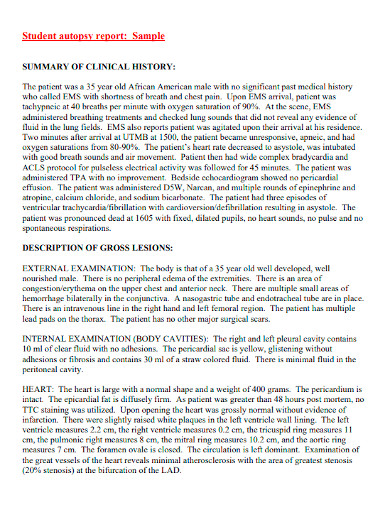
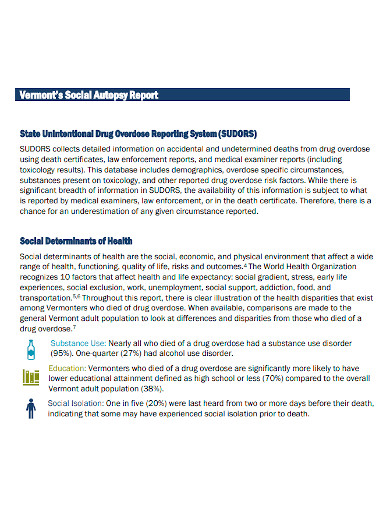
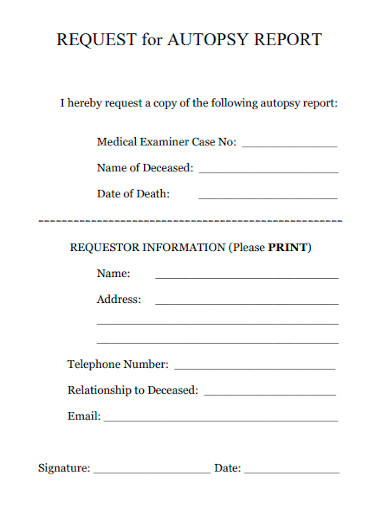
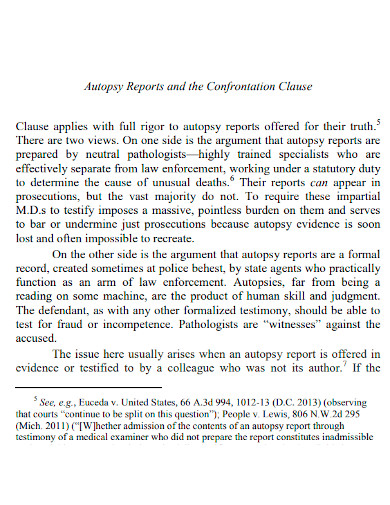
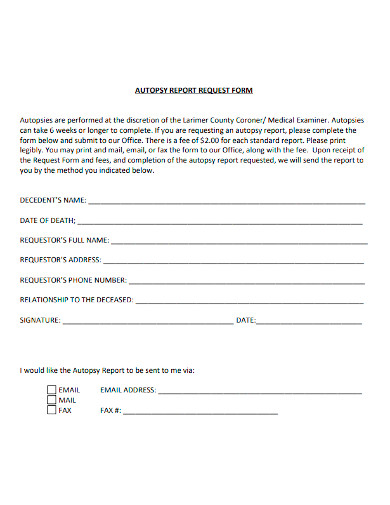

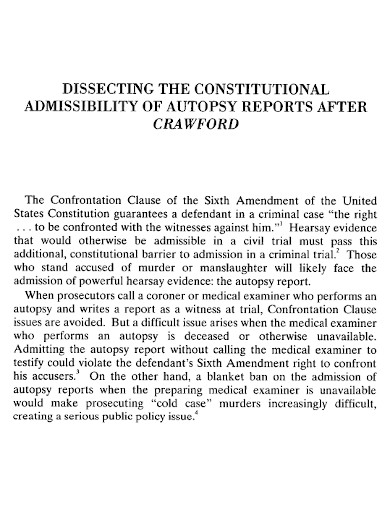
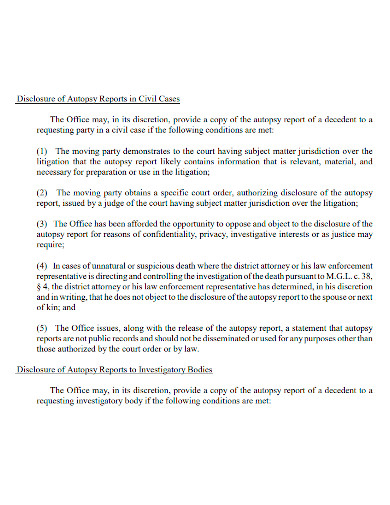
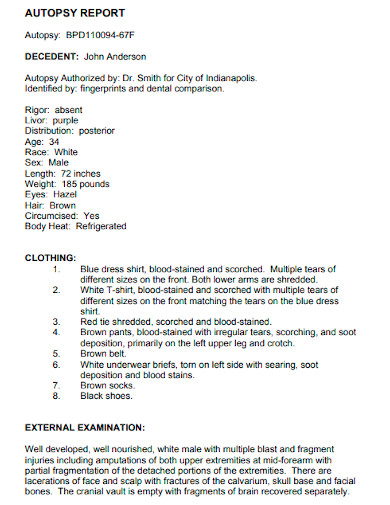

Autopsies are performed by by pathologists, medical doctors who have received specialty training in the diagnosis of diseases by the examination of body fluids and tissues. In academic institutions, autopsies sometimes are also requested for teaching and research purposes. An autopsy report is then written after the examination, which is a document that describes the autopsy procedure, the microscopic findings, and the medical diagnoses. The report emphasizes the correlation between a pathological findings and a clinic findings. There are two types of autopsy which are forensic autopsy that include obtaining biological specimens from the deceased for toxicological testing, including stomach contents. While a medical or clinical autopsy valuates the accuracy of the deceased person’s diagnosis, imaging and treatment. Its purpose is to carefully evaluate the presence and extent of disease and how it related to the person’s death.
Performing autopsy are not limited to providing a sense of closure to family members but for health professionals this can help uncover the progression and interactions of multiple disease processes and the effects of therapy. Ultimately, the autopsy examination provides a clinicopathologic correlation to be used by both the family and the patient’s physicians. Autopsy findings are then completed in an official report. An autopsy report may take several weeks to be completed should other test results be delayed. Autopsy reports may differ in format but let us go through its basic components:
Basic details of the deceased such as the name, birthday, race, physical attributes, how the body was identified and by whom and lastly the investigative agency if applicable.
This section contains a broad overview of the of the condition of the body and the clothing, general characteristics of the body such as sex, height, weight, tattoos, scars, and etc. and classification of the injuries. This includes distinguishing between different types of wounds, such as a stab wound versus a gunshot wound. X-rays sometimes used for gunshot and stab wounds to identify presence of fragments; and to identify bone fractures.
It is describe in this section the internal examination of the decedent body involves weighing, dissecting, and sectioning each organ of the body. And then identifying any underlying problems and wounds that may have contributed to the death of the decedent.
The internal examination is also where toxicological specimens are taken. These include samples of blood, stomach content, bile, and urine. Blood is often routinely tested to determine the presence and levels of alcohol and drugs. Drugs may redistribute in the body postmortem, making multiple collection sites important. General testing for poisons uncommon unless a specific poison is suspected.
It is describe in this section the different evidence gathered and collected during the course of the investigation through toxicology or an investigator.
Incision made in the body are sewn close, organs are either taken out or returned. Those that are taken out with the permission of the family members, are for teaching, research, donation and diagnostic purposes.
An autopsy may take around two to four hours the most, but the full autopsy report may take several weeks to be released.
A pathologist performs and then prepares the autopsy report. Pathologist is medical doctor that has received specialty training in the diagnosis of diseases by the examination of body fluids and tissues.
An autopsy report is a useful written report that help solve cases both medical and criminal in nature. As well as it gives peace of mind to the close family members and friends of the deceased.